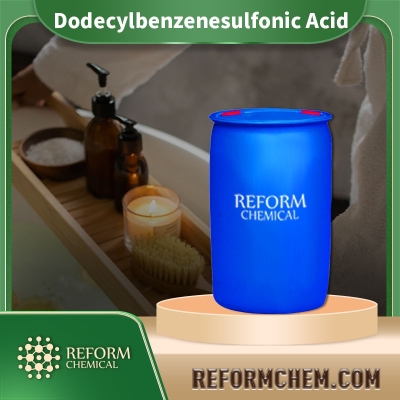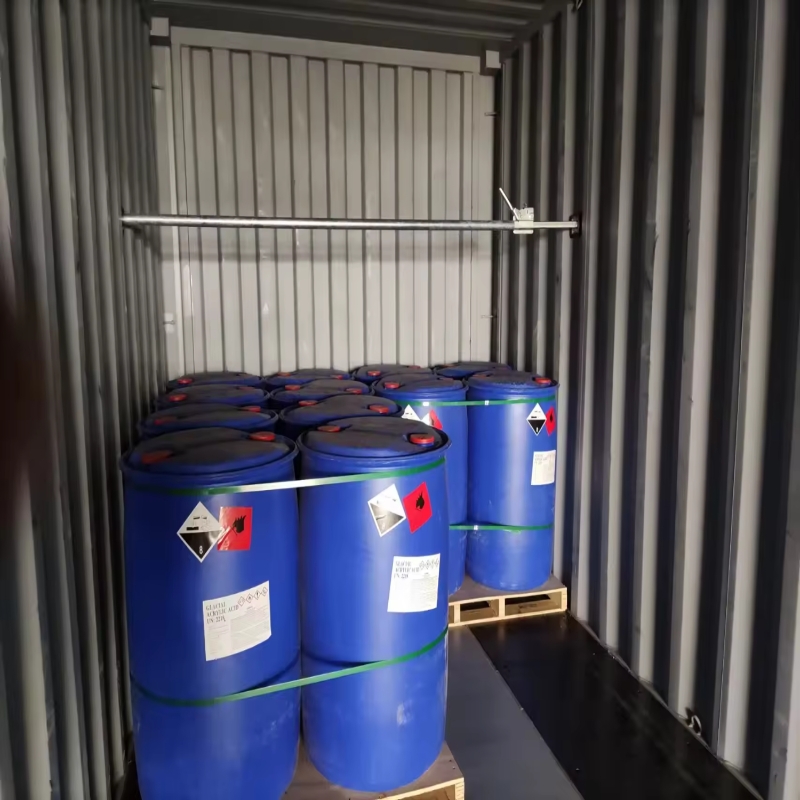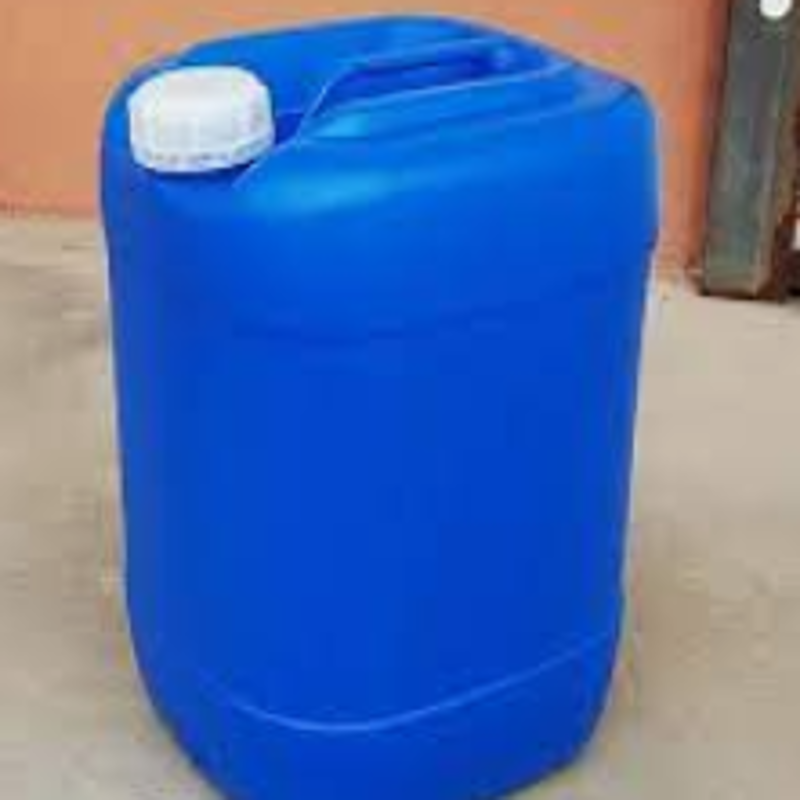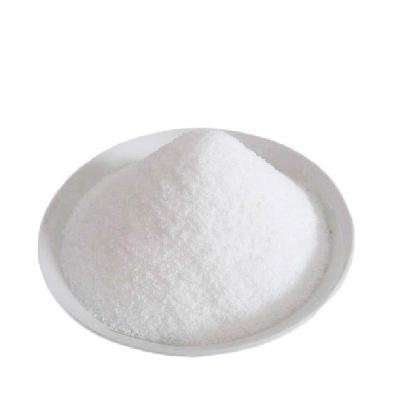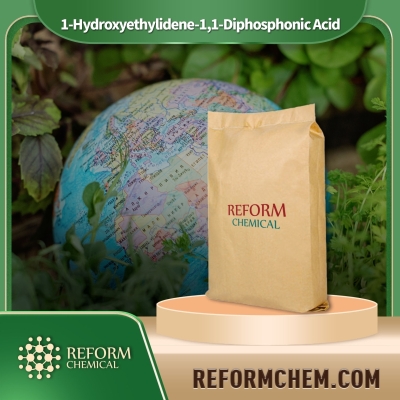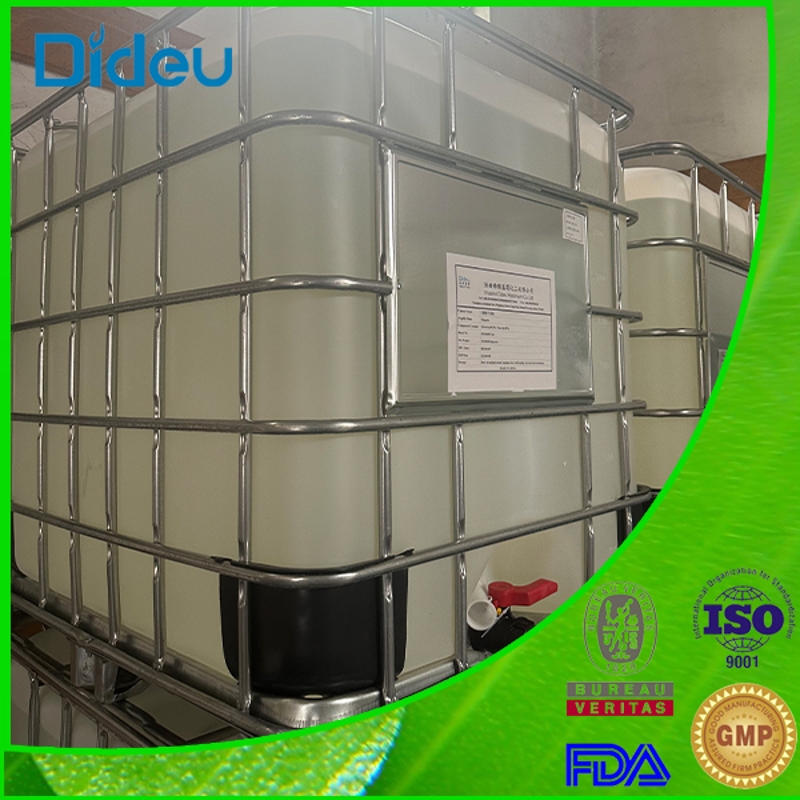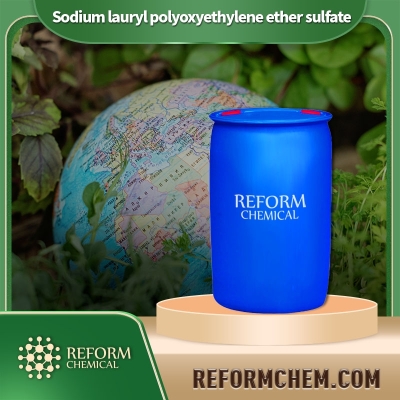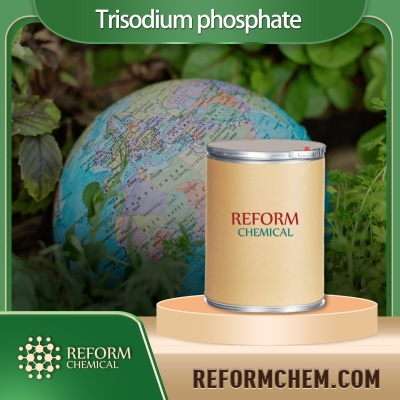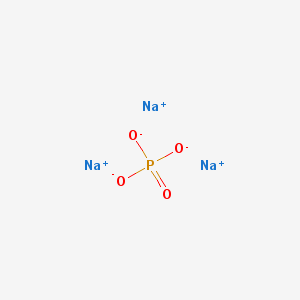Water Treatment Chemical
- • Biocide & Algicide (38)
- • Corrosion Inhibitor (50)
- • Flocculant (54)
- • Water Softener (29)
- • Water Stabilizer (43)
Related News
-
Is MgSO4 Soluble in Water? Everything You Need to Know!
2023-07-17 -
Distilled vs Deionized Water: What’s the Difference?
2023-05-16 -
Curious Chemical Makeup Of Carbonated Water Chemical Structure
2022-11-25 -
Do you know why does salt increase the boiling point of water?
2022-07-07 -
Exploration of burdink two-component water-based paint
2019-11-18 -
LANXESS showcases innovative water treatment technologies
2019-10-31
Water Softener
Dodecylbenzenesulfonic acid
(27176-87-0)-
Industrial grade / 99%
$0.9-1.1/KG FOB
-
Industrial Grade / 99%
-
Industrial Grade / 99%
-
Industrial Grade / 99%
Request for quotation , get quotes from more suppliers.
Sodium tripolyphosphate
(7758-29-4)-
-
Industrial grade / 99%
-
Chemical Grade / 99%
-
Industrial Grade / 94%
Sodium tripolyphosphate
(7758-29-4)-
-
Industrial grade / 99%
-
Chemical Grade / 99%
-
Industrial Grade / 94%
(1-Hydroxyethylidene)-1,1-diphosphonic acid
(2809-21-4)-
Water Treatment Level / -
-
Water Treatment Level / 60%
$620-650/MT FOB
-
Water Treatment Level / 90%
-
Industrial Grade / 99%
$1-1.3/KG FOB
Request for quotation , get quotes from more suppliers.
Triacetin
(102-76-1)-
industrial Grade / 98%
-
Food Grade / 99.5%
$5-6.5/KG FOB
-
Food Grade / 99%
$1/KG FOB
-
Industrial Grade,Reagent Grade / -
Polyoxyethylene lauryl ether sodium sulfate
(9004-82-4)-
Best Grade / 99%
-
Industrial grade / 99%
-
Industrial Grade / 99%
-
Request for quotation , get quotes from more suppliers.
Trisodium phosphate
(7601-54-9)-
Industrial grade / 99%
$1-1.3/KG FOB
-
Different Grade / 99.9%
$0.1/KG EXW
-
Chemical Grade / 99%
-
Trisodium phosphate
(7601-54-9)-
Industrial grade / 99%
$1-1.3/KG FOB
-
Different Grade / 99.9%
$0.1/KG EXW
-
Chemical Grade / 99%
-
Diatomite
(61790-53-2)-
Industrial Grade / 99%
-
Industrial Grade / 99%
-
Food Grade / 99%
-
Request for quotation , get quotes from more suppliers.
Diatomite
(61790-53-2)-
Industrial Grade / 99%
-
Industrial Grade / 99%
-
Food Grade / 99%
-
Request for quotation , get quotes from more suppliers.
Source Water Softener Raw Materials by Region
More Information
Water softeners are widely utilized in water treatment processes today. They serve as essential agents for reducing the concentration of dissolved minerals, particularly calcium and magnesium ions, in water. This process, known as ion exchange, helps mitigate the negative effects of hard water, such as scaling and soap scum buildup in pipes and appliances.
Water softeners operate on the principle of ion exchange, wherein calcium and magnesium ions in hard water are exchanged for sodium or potassium ions present in the softening agent. This exchange effectively softens the water, making it more suitable for various domestic and industrial applications.
The main components of water softeners typically include:
•Ion exchange resin beads
•Salt (sodium chloride or potassium chloride)








